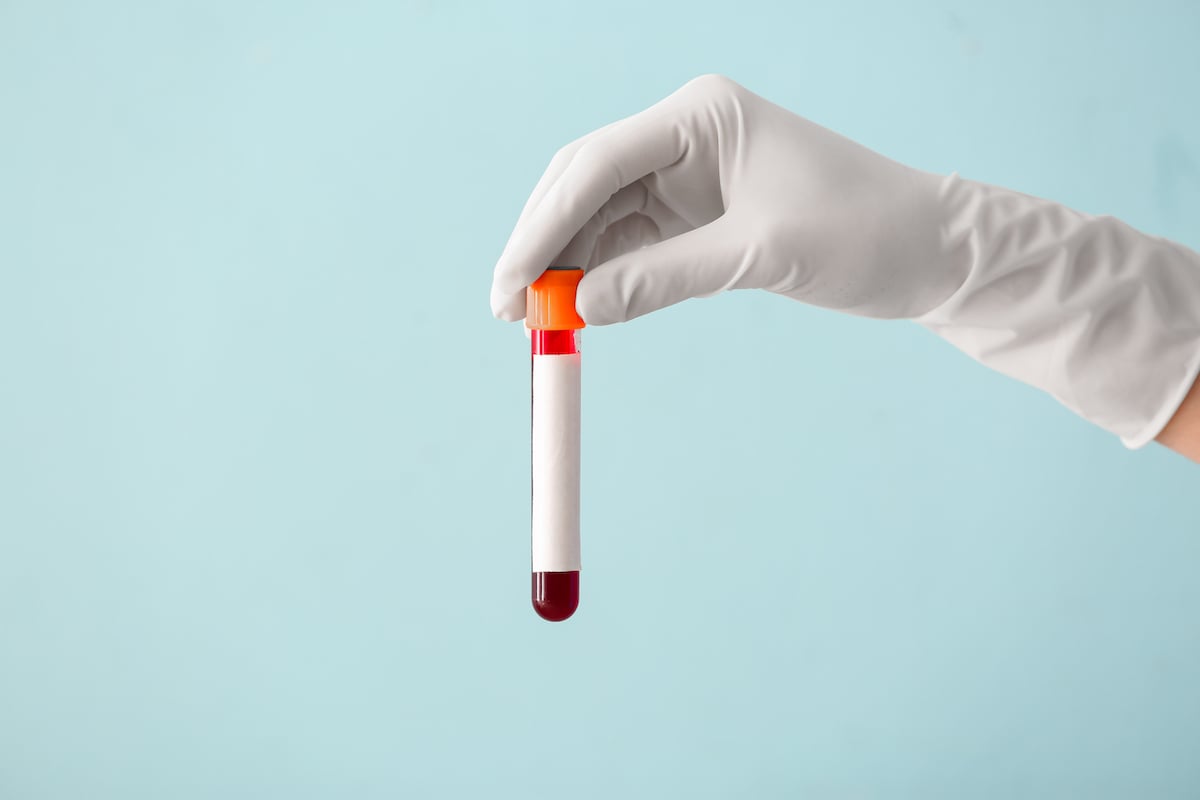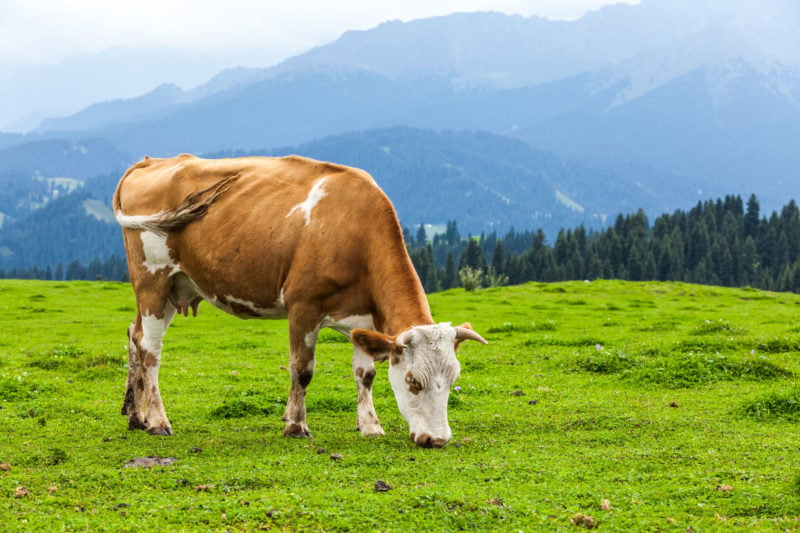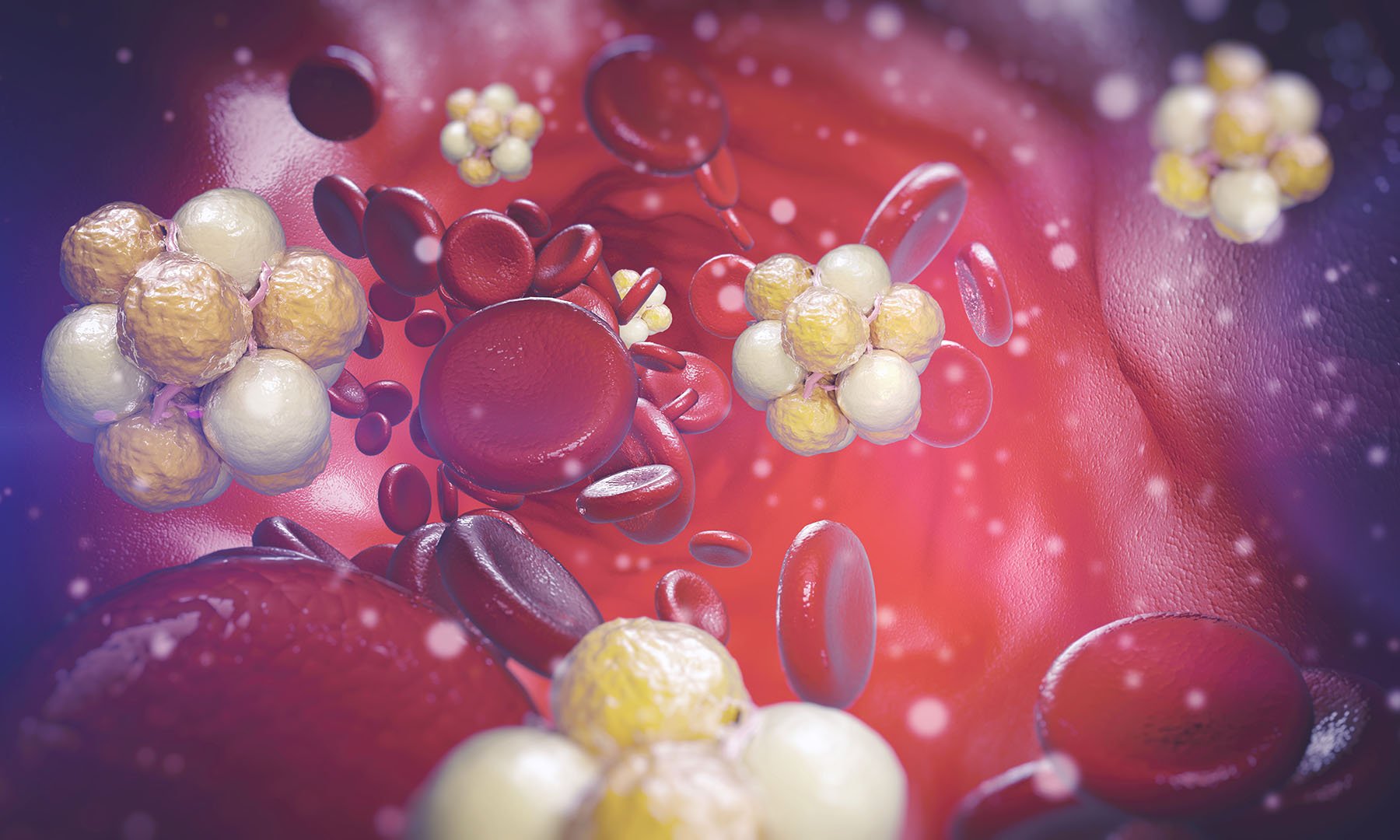Choosing the best type of animal protein depends on several factors, including animal welfare, environmental concerns, personal diet preferences, and nutritional content. Here, we will focus solely on the latter, with an emphasis on how these different labels impact your metabolic health specifically.
What do the labels mean?
Farmed: Fish commercially bred and raised in tanks or other enclosures.
Free-range: A label overseen by the US Department of Agriculture (USDA). Currently, there is no regulation on the quality of that outdoor time or the space allotted for roaming. This leads to substantial variation in the nutritional quality of ‘free range’ poultry.
Wild (or wild-caught): Fish caught in their natural habitat (rivers, lakes, oceans).
Organic: A label overseen by the USDA. It requires that animals are fed organic feed and forage and are raised in living conditions accommodating their natural behaviors (for example, the ability to graze on pasture). Animals do not get hormones or antibiotics. It’s important to note that hormones are not permitted for poultry and pigs, so this differentiation only matters for red meat or lamb. All meat and poultry sold in the US must be free from antibiotic residues, meaning either animals do not receive antibiotics, or if an animal does get sick and requires antibiotics, farmers follow strict Food and Drug Administration guidelines regarding proper dosage, duration, and withdrawal time before an animal goes to market.
Grass-fed (or grass-finished): Grass-fed refers to cattle that ate grass for portions of their lives, with supplemental grain intake. The USDA specifies that grass-fed animals must eat grass and forage exclusively after weaning. Grass-finished cattle grazed on grass for their entire lives with no supplemental food.
Pasture-raised: Cattle or chickens that spend time in the pasture. However, there is no definitive amount of time spent in the pasture required for this label overseen by the USDA. (Note that other labels, such as Certified Humane or Animal Welfare Approved, require that hens have indoor space and 108 square feet of outdoor space.)
Animal Protein and Metabolic Health
The feed and activity of animals can influence their muscle biology and thus the composition of the fish, poultry, and meat we consume. Additionally, these factors impact lipid profiles, leanness, and micronutrient density. Here are some of the affected substances in our food and their potential impact on our health:
Related article:

The ultimate guide to understanding your cholesterol panel and metabolic blood tests
The "normal" ranges for cholesterol and other blood tests are far from optimal. We asked eight leading metabolic health experts what you should really aim for.
Read the Article
Omega-3s
Omega-3 fatty acids are thought to protect against cardiovascular disease and are important in brain health. Eicosapentaenoic acid (EPA) and docosahexaenoic acid (DHA) are two seafood-abundant omega-3 fatty acids known for their cognitive and cardiovascular benefits.
Triglycerides
This lipid type is the most abundant form of dietary fat and is the form in which extra energy is stored in our bodies. Chemically, triglycerides comprise a glycerol backbone with three fatty acid chains. Blood triglyceride levels indicate the amount of circulating triglycerides in the blood. High levels are a risk factor for plaque accumulation in arteries and an increased risk of cardiovascular disease.
Cholesterol
Two types of cholesterol transporting lipoproteins include: low-density lipoprotein cholesterol (LDL-C), commonly referred to as “bad” cholesterol, and high-density lipoprotein cholesterol (HDL-C), commonly referred to as “good” cholesterol.
LDL-C transports cholesterol from the liver, through the bloodstream, to the rest of the body. LDL-C exists in varying sizes, and small dense LDL-C is most associated with cardiovascular disease risk.
On the other hand, HDL-C scavenges cholesterol from the bloodstream and brings it back to the liver for disposal. It is thought to protect against the development of cardiovascular disease for this reason.
Read more about cholesterol and its impact on your metabolic health here.
Saturated fat
Saturated fat in our diets mainly comes from animal fat and tropical oils (such as coconut oil and palm oil). Many studies support that high intake of saturated fat (in the context of animal protein, from poultry and red meat) leads to higher LDL-C cholesterol values and, therefore, can be a risk factor for cardiovascular disease. At the same time, other research suggests saturated fats may not be as damaging in certain dietary contexts.
Micronutrients
In addition to protein, fish, poultry, and meat provide essential micronutrients. Micronutrients, such as vitamin D, selenium, and manganese, are vitamins and minerals used by our bodies to function correctly. They often serve as cofactors for reactions in various pathways that support everything from cellular growth, metabolism, and muscle movement. Read more about the many roles micronutrients serve in our bodies here.
Fish
Fish is often an excellent protein choice for supporting metabolic health. Omega-3 fatty acids EPA and DHA, abundantly found in seafood, support cardiovascular and cognitive health. Most fish are low in saturated fat, making for a heart-healthy choice. Here are the labels most likely applied to seafood and what they mean.
Wild vs. Farmed
Is there a difference in the nutrition composition of fish caught in their natural habitat compared to farmed? Likely yes, but the nutrition variance depends on the species. Common farmed fish include carp, salmon, catfish, tilapia, trout, and bream.
So how do we choose which type of fish to buy? While both farmed and wild varieties contain helpful omega-3 fatty acids, other factors should also be considered. Wild fish tend to be leaner, so you’ll get more protein.
Another topic to be aware of: contaminant differences in farmed vs. wild seafood. One study found that farmed salmon have higher contaminant burdens—including polychlorinated biphenyls (PCBs) and dieldrin—than their wild-caught counterparts. PCBs were 0-0.05 parts per million (ppm) in both farmed and wild-caught depending on the fish’s origin, and dieldrin at 0-0.006 ppm. However, individual contaminant concentrations in farmed and wild-caught salmon do not exceed the U.S. Food and Drug Administration (FDA) tolerance levels, deemed 2 ppm for PCB, and 0.3 ppm for dieldrin. Considering these values, even if you ate the highest contaminated fish, the amounts consumed are considered well within FDA-approved limits. Though these particular contaminants are below acceptable thresholds, it’s difficult to conclude definitive safety due to variances of contaminants (and amounts of these contaminants) across fish from different regions and species. And some studies do show potential health effects with these low-level toxicants found in farmed fish.
Organic
Though you may see the organic label on seafood, the USDA does not currently certify organic aquaculture. Wild fish cannot be labeled organic because their diet is unknown before catching.
Poultry
Poultry, especially lean cuts such as breasts, are excellent protein sources with minimal saturated fat. Here are the labels you’re most likely to see on poultry and what they mean.
Free-range and pasture-raised
Free-range chickens have access to the outdoors, though they can still consume feed inside their pen. Because these birds exercise more than their caged counterparts, meat from these birds is, logically, often leaner. Just like us, a little exercise helps chickens build muscle. Studies suggest free-range chicken meat has less fat than caged birds, making free-range chicken an attractive lower saturated fat option. However, it is important to note that certain cuts of chicken, such as chicken breast, are fairly lean already, so the amount of fat reduction in one portion may be insignificant. Also, because the amount of roaming birds actually do is not regulated, these benefits may vary greatly from bird to bird.
The nutrition composition quality from pasture-raised to caged is hard to distinguish due to the loose regulations of the label ‘pasture-raised.’
Organic
Birds labeled organic are fed organic feed and let out to pasture. However, the standards set for organic birds may aid in producing leaner meat since birds can roam.
Livestock
Beef, especially leaner cuts or lower fat ground beef, can be a metabolically smart choice to reach your protein needs. Leaner cuts such as sirloin boast lower saturated fat content per protein portion than fattier cuts such as chuck roast.
Pasture-raised
Since the label ‘pasture-raised’ is quite loose, it is difficult to make meaningful conclusions about the nutrient composition differences of meat from these cattle compared to grain-fed. Cattle that are allowed to roam more will exercise more and thus may be leaner than cattle with less roaming capacity. However, this label doesn’t do a great job telling us how lean a piece of meat may be due to the lack of specificity regarding pasture time.
Grass-fed and grass-finished
Lipid profiles in meat from grass-fed and grain-fed cattle vary, starting with the fact that meat from grass-fed cattle has less fat overall than grain-fed. Meat from grass-fed cattle has been shown to have a higher concentration of omega-3 fatty acids than grain-fed cattle (whose feed typically consists of grains, corn, soy, vitamins, and minerals). However, it is important to note that grain-fed beef is usually low in omega-3 fatty acids, so this increase is from a pretty insignificant baseline. According to the USDA, grass-fed beef top sirloin contains about 65 milligrams of omega-3 fatty acids per 100-gram serving. This amount seems meek compared to salmon, which clocks in at around 1,200-3,600 milligrams per 100-gram serving. Meat from grass-fed cattle also has less monounsaturated fatty acids than grain-fed and about the same amount of omega-6 fatty acids (specifically linoleic acid).
Grass-fed cattle boast higher phytonutrients, including terpenoids, phenolics, carotenoids, and tocopherols. Vitamins A and E specifically are both more abundant in grass-fed cattle meat compared to grain-fed cattle. However, it is important to note that beef is not a great source of either vitamins A or E, so these variances across feeding regimens are minimal. For example, grass-fed beef has, on average, 0.35 milligrams of vitamin E and 0.05 milligrams of vitamin A compared to grain-fed beef, which contains about 0.2 milligrams of vitamin E and 0.008 milligrams of vitamin A per 100-gram serving. In comparison, 1 ounce of almonds contains about 5 milligrams of vitamin E, and 100 grams of carrots contain about 9 milligrams of vitamin A; compared to sources rich in vitamins A and E, these micronutrient differences in grain-fed to grass-fed beef seem negligible.
Organic
Cattle labeled organic are fed organic feed and let out to pasture. It is unclear if organic feed is safer or more nutritious. While the amount of pesticide residue sprinkled on conventional produce is typically well below thresholds set by the Environmental Protection Agency (EPA), there is potential for concern even with low-level pesticide exposure. On the other hand, organic produce can contain its own set of natural pesticides. Overall, the standards set for organic cattle may aid in producing leaner meat since cattle can roam.
What does this mean for your shopping?
Metabolically, dietary protein plays a vital role in a myriad of processes in our bodies. After ingestion, dietary protein is broken down into small peptide chains and then further into single amino acids, the building blocks of each protein. Our bodies use these amino acids to make new proteins, aid in muscle synthesis and repair, build new tissue, expand new cellular components, just to name a few. So eating enough protein each day is pretty important. The US recommended dietary allowance for protein is 0.8 g/kg body weight. However, active individuals should consume slightly higher protein in the 1.2-1.6 g/kg body weight range.
When ‘free range’ or ‘pasture raised’ has such a broad definition, it’s challenging to make definitive statements about specific techniques’ nutritional benefits or drawbacks.
Look for sources low in saturated fat. High saturated fat intake can lead to more elevated LDL-C and blood triglycerides, increasing your risk of cardiovascular disease. Meat from free-range chicken tends to be leaner than caged birds, thus, free-range poultry contains less saturated fat. However, it is important to note that the leaner the cut, the less of a difference in fat content there will be between free-range and caged. Grass-fed beef is typically leaner than grain-fed beef, but it’s important to choose leaner cuts, such as sirloin or lean ground beef. When choosing fattier cuts, grass-fed options may be lower in saturated fat compared to grain-fed options.
Opt for seafood rich in omega-3 fatty acids to support cognitive and cardiovascular health, such as salmon. While including any fish like salmon in the diet may be better than none, choose wild-caught when possible due to potential contamination with PCBs and other toxicants in farmed varieties.
Consider micronutrient variations minimal in the big picture. Micronutrient variances due to the raising technique of an animal tend to be low in the context of your overall nutrient intake over the day. Many of the vitamins and minerals we consume also come from plant-based options, including vegetables, fruit, and grains. Hence, a varied intake rich in all food groups is the best approach to reaching your daily vitamin and mineral needs.
Be discerning when it comes to raising methods. Overall, some animal-raising techniques affect the nutritional content of the meat it produces. However, the significance of these differences varies. When ‘free range’ or ‘pasture raised’ has such a broad definition, it’s challenging to make definitive statements about specific techniques’ nutritional benefits or drawbacks.
What we can say: Opt for free-range chicken for slightly leaner meat, but remember, the leaner the cut, the less of a difference in the nutrition content between raising methods. Grass-fed beef is leaner than grain-fed and boasts a higher omega-3 fatty acid content. Farmed fish contains more omega-3 fatty acids per serving compared to wild-caught but also contains more toxicants, which may be detrimental. Wild-caught fish still contain omega-3s and contain more protein per calorie, so are often a better choice.
To best support metabolic health, aim to reduce saturated fat content and increase omega-3 fatty acid intake in your animal protein choices for cardiovascular and cognitive benefits.








